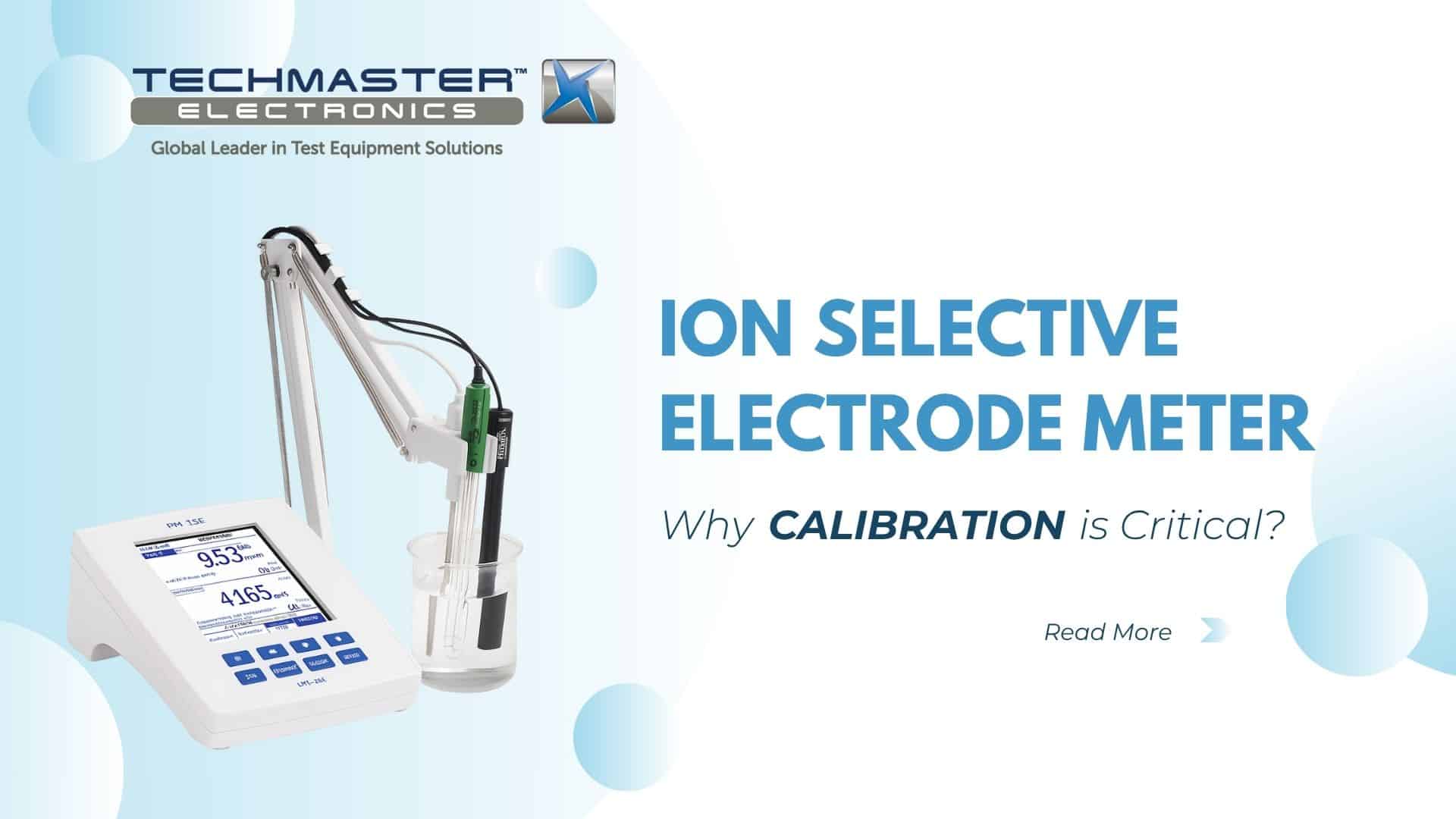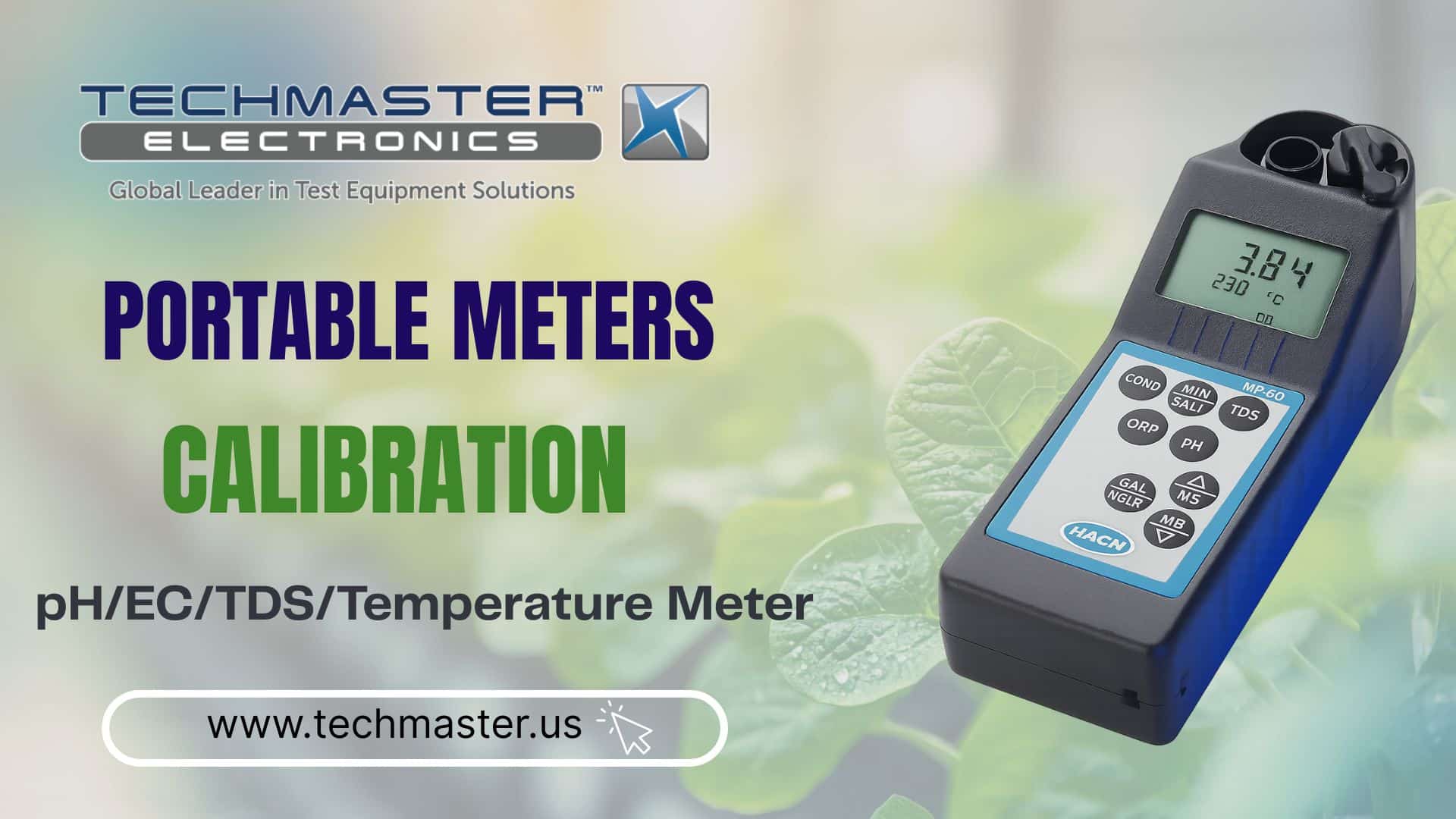Compressed air is in everything around us, from popping a soda to riding in a car or using a drill. It is also used in the chemical, automotive, industrial, food and pharmaceutical industries, to name a few.
When we talk about compressed air, we refer to a higher pressure than atmospheric pressure. It is the air we already know, kept under pressure and reduced to a lower volume.
Compressed air is generated by air compressors that draw it in through an inlet valve, compress it to the desired volume and discharge it under pressure through another outlet valve.
This is used as a source of pneumatic energy and as active air; as a source of energy, it is used in compressed air gun tools commonly used in furniture manufacturing since excellent quality paint finishes can be achieved and traditional lacquering techniques are replaced.
In addition, pneumatic energy is renewable, an essential factor for the industry that leaves many pollutants. As air is an inexhaustible source, we can ensure that the environment is not damaged during manufacturing.

For these sectors, it has become the primary energy source due to its advantages and ease of use, storage, and safety that, unlike steam, due to the high-temperature level it reaches, becomes dangerous.
As active air, it is mainly used in the pharmaceutical and food industry, where it is of utmost importance that the compressed air is pure since it could contaminate the processed products, which could have repercussions on our health.
If we talk about the food industry, the poor quality of compressed air could seriously affect consumers’ health and food preservation.

Any air in the manufacturing process must meet rigorous hygiene and safety standards.
Compressed air in the pharmaceutical industry is used in the cleaning, ventilation, and packaging medicines.
In this sector, the standards require maximum levels of sterility, so the air must be free of contamination.
In the automotive industry, on the other hand, compressed air is an essential part of vehicle manufacturing from start to finish, from the robots that assemble tires to the tools used to paint cars.
Compressed air becomes contaminated when it comes into contact with the used product. This is when an exchange of contaminated particles takes place. This process can be influenced by temperature, pressure, and even the quality of the filters, in addition to the contaminants in the air, such as hydrocarbons, oils, particles, and etcetera.
To ensure purity in this air, it is essential to reduce or eliminate the contaminants that will disrupt our quality processes by testing the systems.
Testing of compressed air systems should be performed by laboratories using tests based on ISO 8573-1, which has established a standard for air quality, labels contaminants in compressed air systems, and verifies the testing of these: particulates, water, and oil.
Performing these tests on the equipment is of utmost importance because we will avoid high production costs and obtain optimal results in manufacturing or production.
It will also help us keep the working equipment in perfect condition and extend its life span because lousy air quality could cause problems in the machinery.
In addition, we can ensure the quality of our products by eliminating bacteria, mold, and contaminants from rusty, oily, and over-watered pipes.
We recommend testing your compressed air systems (compressor fittings, distribution piping, and storage receivers) at least once a year, depending on your verification parameters.
In Techmaster Electronics, we recognize the importance of Compressed Air Purity in different industries, and derived from this, we have added a new test based on ISO 8573-1:
- Oil Aerosol & Vapor Content
- Humidity / Dew Point Measurement
- Pressurized Air Particle Content
- Viable Microbiological Contaminant
Let us ensure the air quality your processes need. Trust your air systems to the experts. We want to help you.
Have a look at our Scope and learn about the extent of our quality system having incorporated compressed air system testing.
Click here:











